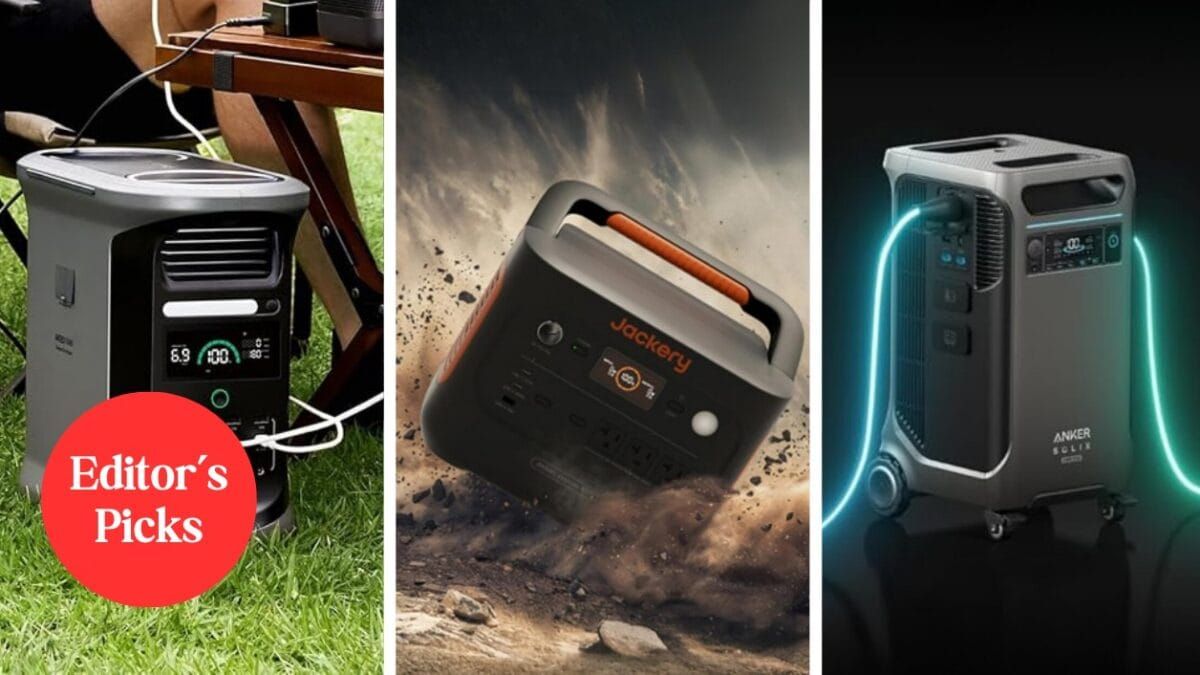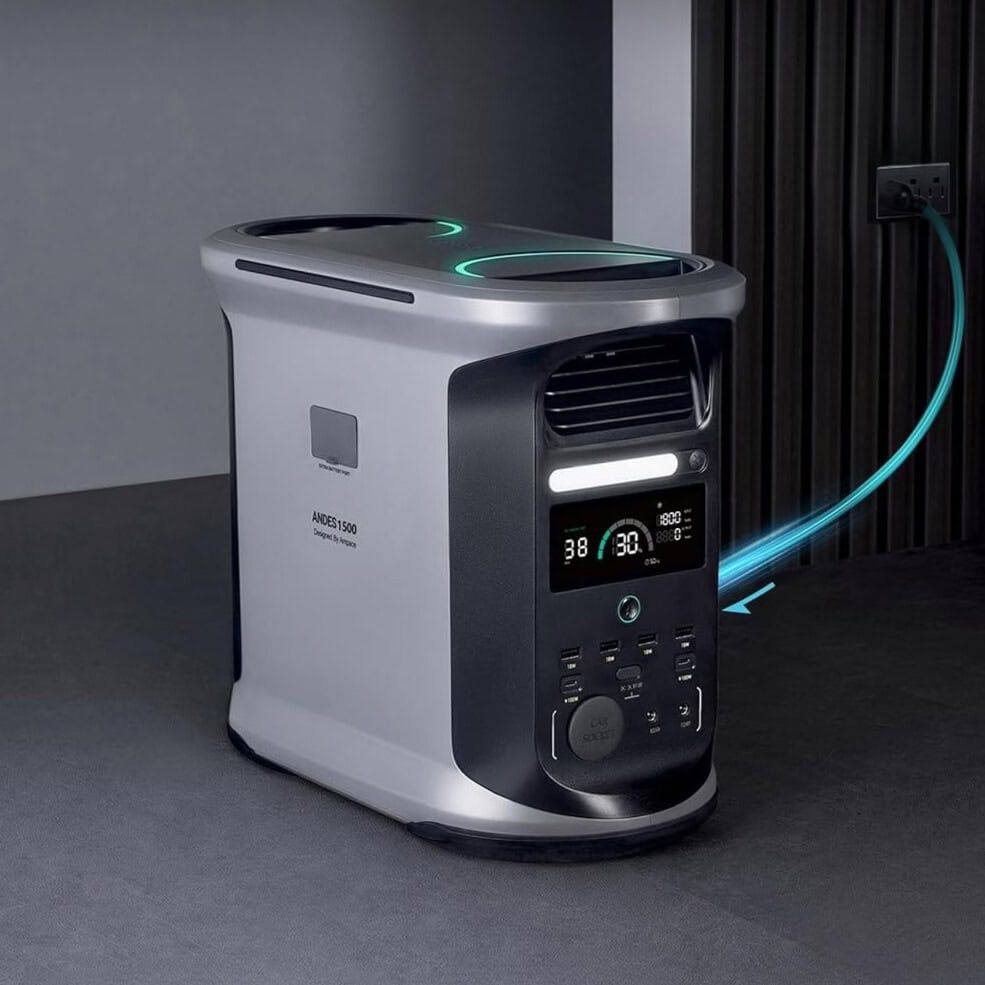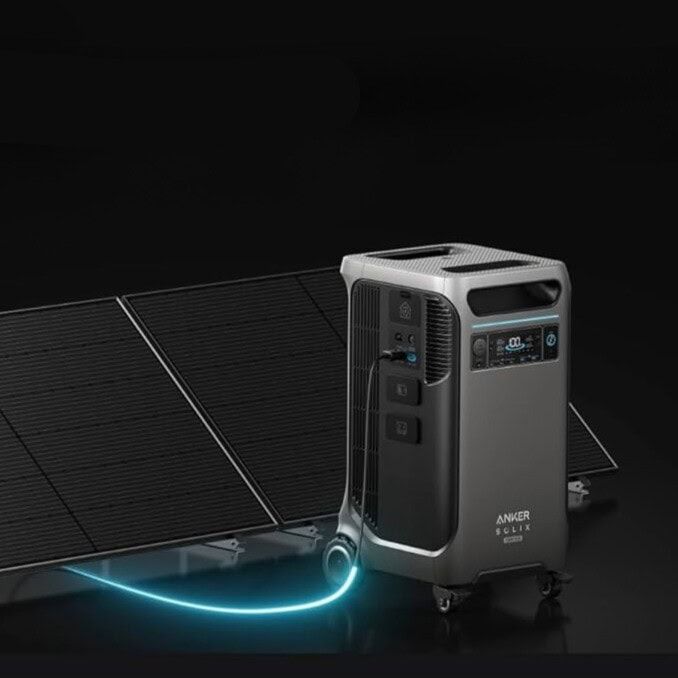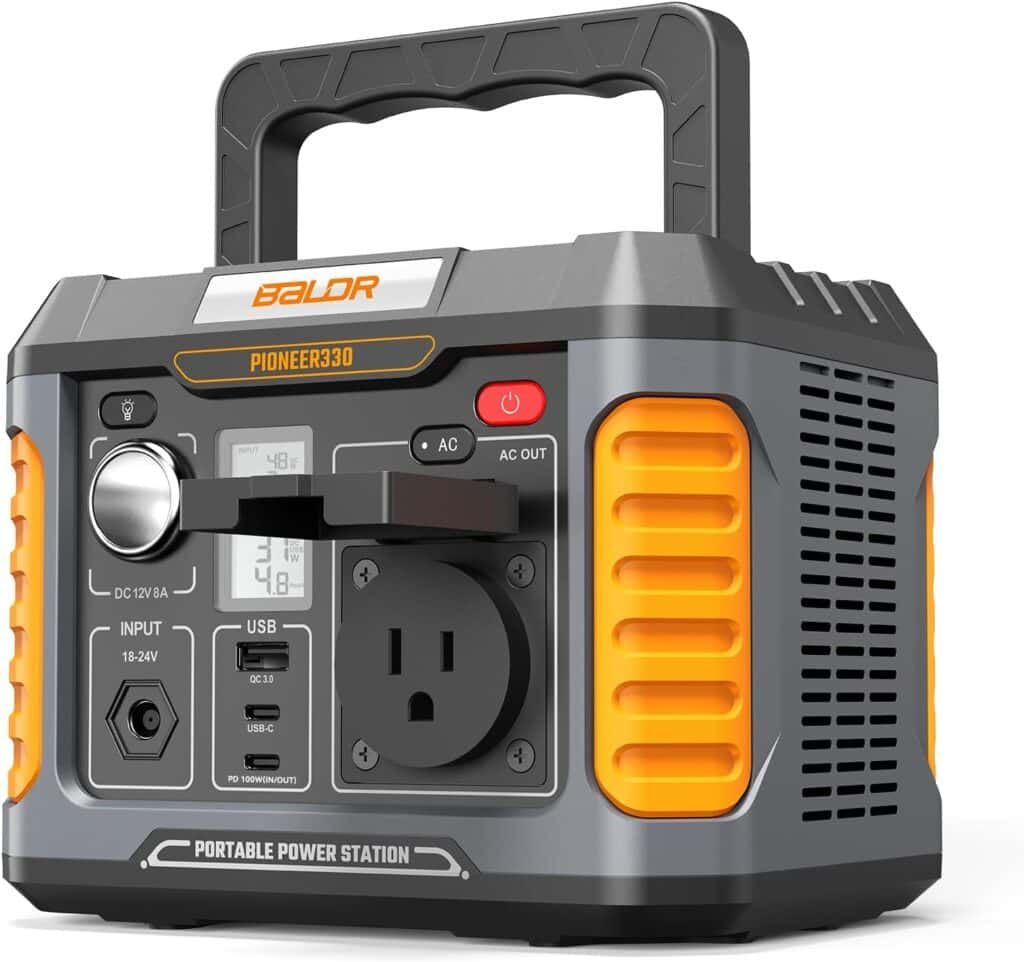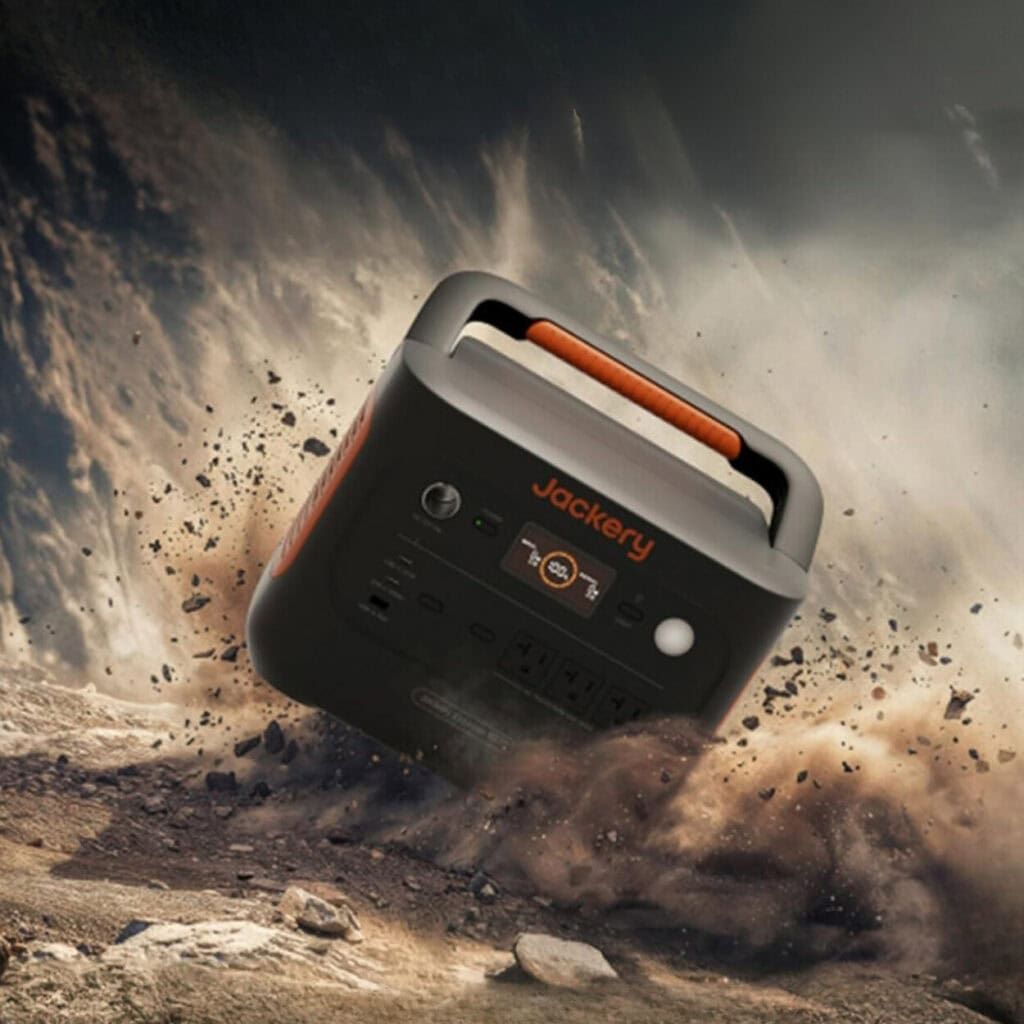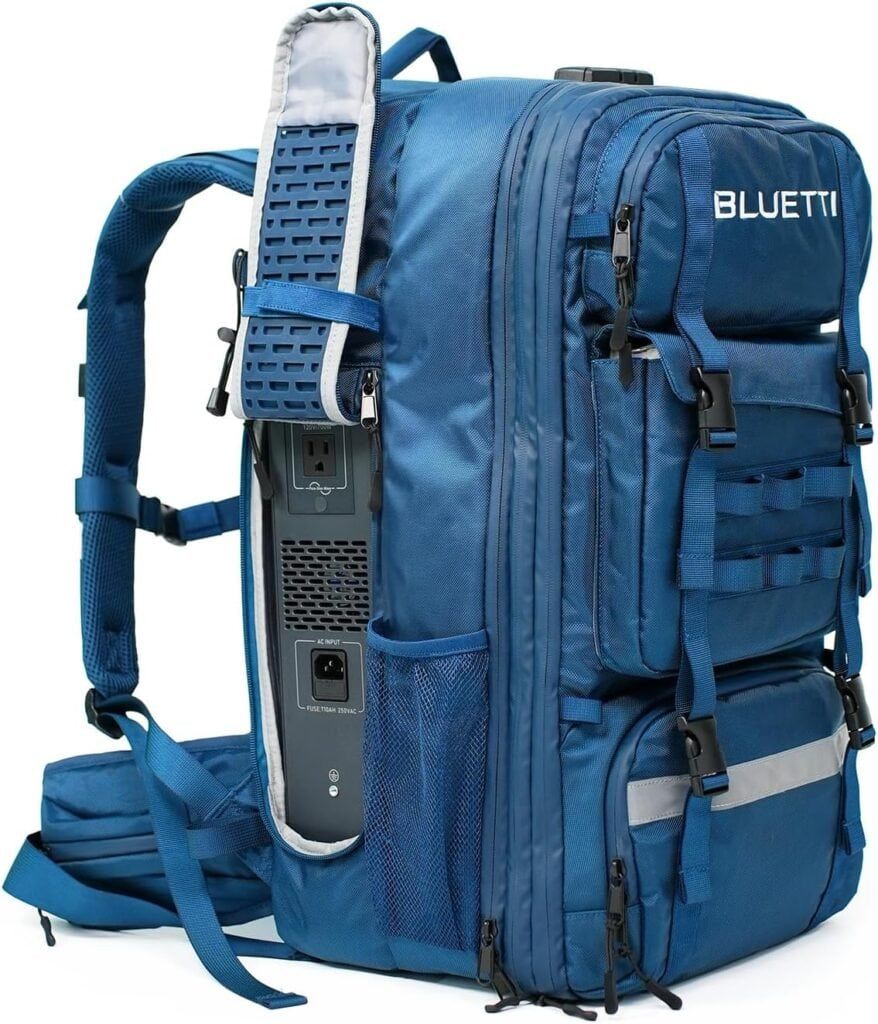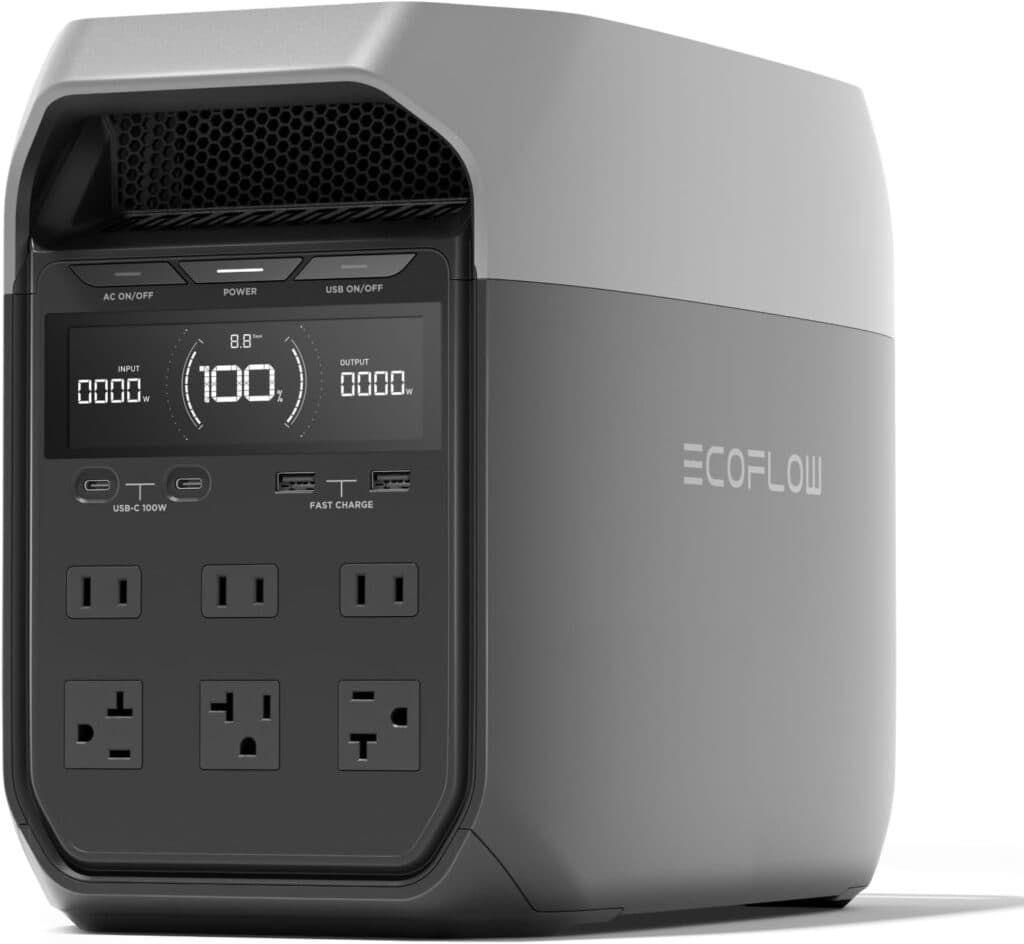We tested 12 top-selling power stations on Amazon, and these 6 performed the best.
The Ampace Andes 1500 earned our Best Overall pick for its incredible 55-minute charging time and versatile 2,400W output; the Anker SOLIX F3800 impressed us with its massive 6,000W capacity that can power virtually any household appliance; and the Jackery Explorer 1000 v2 delivered the perfect balance of substantial power (1,500W) in a remarkably portable package.
Our team has rigorously tested the top portable electric generators on the market, evaluating each model’s maximum output, capacity, charging time, portability, and overall value. We’ve powered everything from laptops and smartphones to refrigerators and power tools to determine which generators deliver the best performance across various scenarios.
Our Top 6
- Ampace Andes 1500: Best Overall
- Anker SOLIX F3800: Best for Whole House Power
- BALDR Portable Power Station: Best Budget Option
- Jackery Explorer 1000 v2: Best Portability
- BLUETTI Handsfree 2 Backpack: Best for Camping
- EF ECOFLOW DELTA 3: Fastest Charge Time
What to Consider When Buying a Portable Electric Generator
Maximum Output
The maximum wattage determines which devices your generator can power. Small units (300-500W) work for phones, laptops, and CPAP machines. Mid-size units (1,000-2,000W) can handle small appliances, while high-capacity generators (3,000W+) can power refrigerators, tools, and even some home circuits.
Capacity
Measured in watt-hours (Wh), capacity indicates how long your generator can run devices before needing a recharge. Higher capacity means longer runtime but typically results in heavier, more expensive units.
Battery Technology
Most modern portable generators use lithium-ion or LFP (lithium iron phosphate) batteries. LFP batteries typically offer longer lifespans (3,000-6,000 cycles vs. 500-1,000 for standard lithium-ion) but may be heavier and more expensive.
Charging Options
Consider how you’ll recharge your generator. Most units offer AC wall charging, but options like solar charging, car charging, or fast-charging capabilities can be crucial depending on your usage scenario.
Portability
Weight, handles, wheels, and dimensions all impact how easily you can transport your generator. Consider your physical capabilities and where you’ll need to move the unit.
Ports and Outlets
Ensure the generator includes the specific types of outlets you need for your devices—AC outlets, USB-A, USB-C, 12V car ports, etc.
How We Tested
We evaluated each portable electric generator based on several key performance metrics. First, we measured actual maximum output by connecting multiple devices simultaneously to verify manufacturer claims. We then tested capacity by running each unit from 100% to depletion under consistent loads, recording total watt-hours delivered.
Charging speed tests involved timing how long each generator took to reach 80% and 100% capacity using standard wall outlets and, where applicable, solar input. We assessed portability by carrying, lifting, and transporting each unit across various distances and terrain types.
Additional factors in our evaluation included user interface intuitiveness, app functionality, noise levels during operation, and build quality. Each generator was also subjected to real-world usage scenarios matching its intended purpose, from camping trips to simulated power outages.
By combining laboratory measurements with practical field testing, we’ve identified the portable electric generators that offer the best performance, reliability, and value across a range of needs and budgets.
